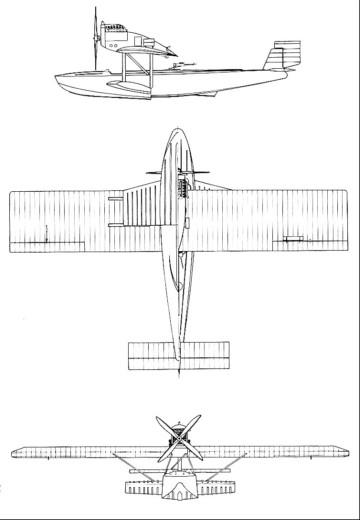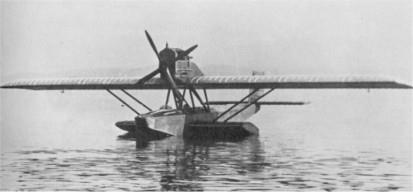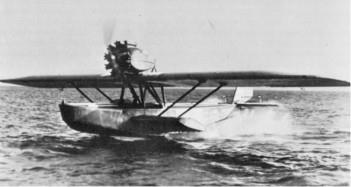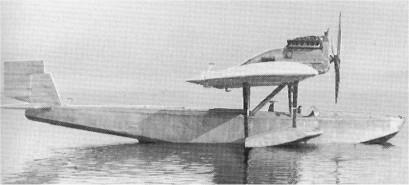| Type |
3-seated flying boat for reconnaissance |
(E/1) 3-seated flying boat for reconnaissance |
(E/2)3-seated flying boat for reconnaissance |
| Engine |
1 Rolls-Royce Eagle IX |
1 Gnôme-Rhône Jupiter VI |
1 BMW VI 5,5 |
| Dimensions |
Length 12.45 m, height 4.75 m, span 17.1 m, wing area 51.3 m2 |
Length 12.86 m, height 4.75 m, span 17.6 m, wing area 52.9 m2 |
Length 12.45 m, height 4.75 m, span 17.1 m, wing area 51.3 m2 |
| Weights |
Empty 1925 kg, flying weight 2600 kg |
Empty 1925 kg, flying weight 2600 kg |
Empty 1950 kg, flying weight 2600 kg |
| Performance |
Max. speed 162 km/h at sea level, cruising speed 140 km/h, climb to 1000 m 10 min., to 3000 m 40 min., range 600 km, service ceiling 3600 m |
Max. speed 174 km/h at sea level, cruising speed 145 km/h, range 600 km, service ceiling 4000 m |
Max. speed 190 km/h at sea level, cruising speed 160 km/h, landing speed 100 km/h
|




